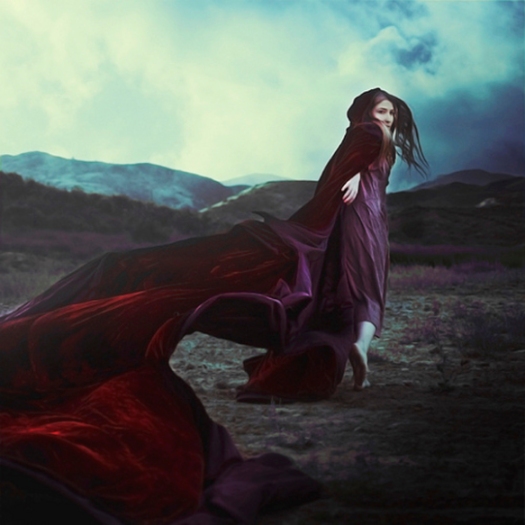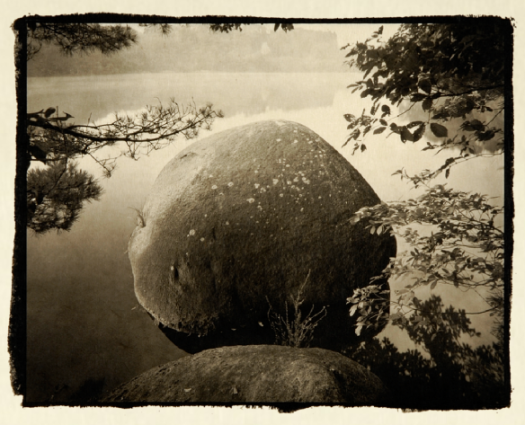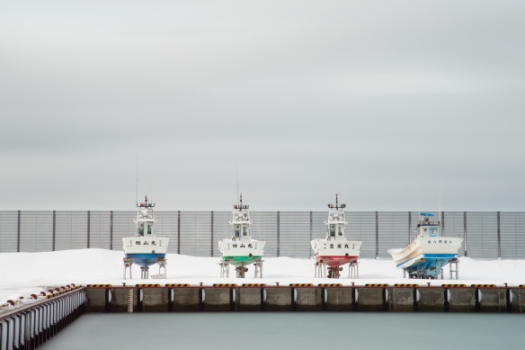In a world where everyone is a photographer and there are more photographs deposited into the ether every minute than there were photographs taken in the 19 th century one has to wonder whether anyone is really paying attention to todays photographs. How many of these photographs are looked at again by the photographer let alone by the social networks that they are shared with.
The photographs that stand out, those that we return to, the images that we print, are the ones where we really connected with the subject. This is often easier said than done.
All too often the camera serves as a barrier, sometimes an essential protection, but frequently the thing that inhibits connection with the subject. The more you are thinking about technical details or what else is going on around you the less available you are to connect with your subject, whether that’s a person, the landscape or whatever you choose to photograph.
The more present you are with your subject the more likely it is that you will have an experience and photograph that will endure. For me this means doing all the thinking in advance, or at least allowing the chatter to fall away so that I can be attuned and respond appropriately to opportunities that come my way. To listen carefully to the voice sometimes quiet, sometimes a roar, that encourages me to take the photograph.
I’ve come to believe that the deeper your relationship with yourself – the clearer you are about what’s important to you, who your influences are – the more likely you are to recognize what caught your attention when you walked by a potential subject. Why sometimes it’s a quiet voice inviting you to take the photograph and sometimes a roaring demand.






